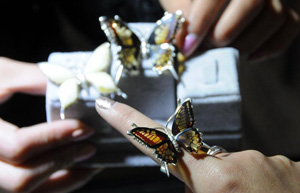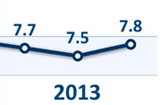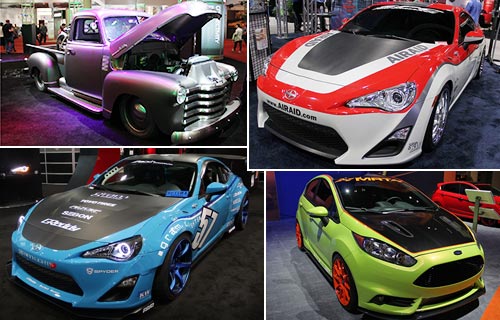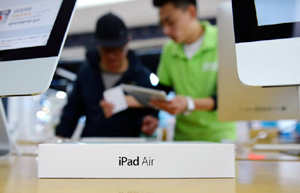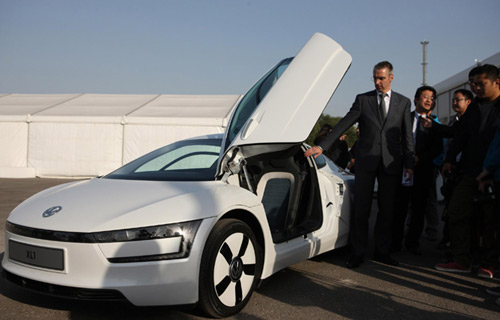Apple brand goes stale in China
Updated: 2013-09-17 07:24Updating the Apple brand, or, more accurately, the iPhone product, is unlikely to involve any incredible technological breakthrough. And, even if this does suddenly emerge, sustainable competitive advantage will not result.
It is the emotional attachment and positioning that requires repair and resurrection. But with Jobs gone and Apple far from fresh, how could this transformation take place?
The answer lies first and foremost in an additional emotional, associative brand name for each of the new product launches.
Double branding or two-tier branding strategies open up the possibility of the perfect combination of rational (often the parent, corporate brand name) and emotional (often the "new" product) brand names, such as Lenovo-Thinkpad.
So far removed is the Apple name from the iPhone product that any new combination of names should start with iPhone as the parent name, followed by a suitably emotional second name. "5S" and "5C" should, therefore, be replaced by a separate name for each of these slightly different products.
Finally, and crucially, these second, emotional brand names should now be Chinese and bear no resemblance to the English language. Chinese people now trust Chinese brands more and value both Western and Chinese brand associations.
The word iPhone will provide this Western association, which will conjure up a sound, reputable, reliable image, while the second Chinese name will deliver the much-needed emotional attachment.
Chinese people still buy brands and not products, but they will increasingly value a Chinese brand association in combination with a Western brand heritage.
Apple has pioneered smartphone branding before, but it must switch to two-tier branding and Chinese associations to do so again and regain its market success in China.
The author is a visiting professor at the University of International Business and Economics in Beijing and a researcher at Nottingham University's School of Contemporary Chinese Studies.








